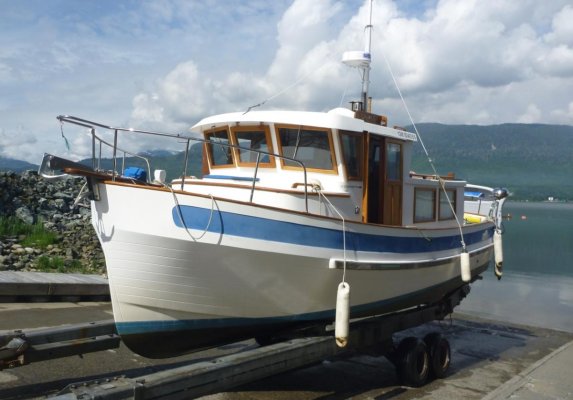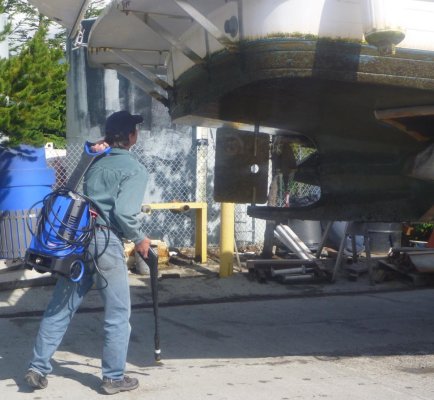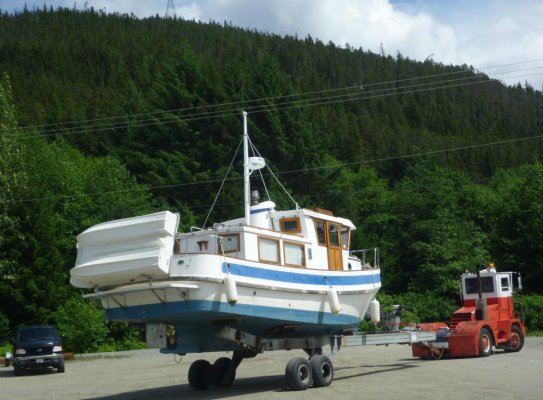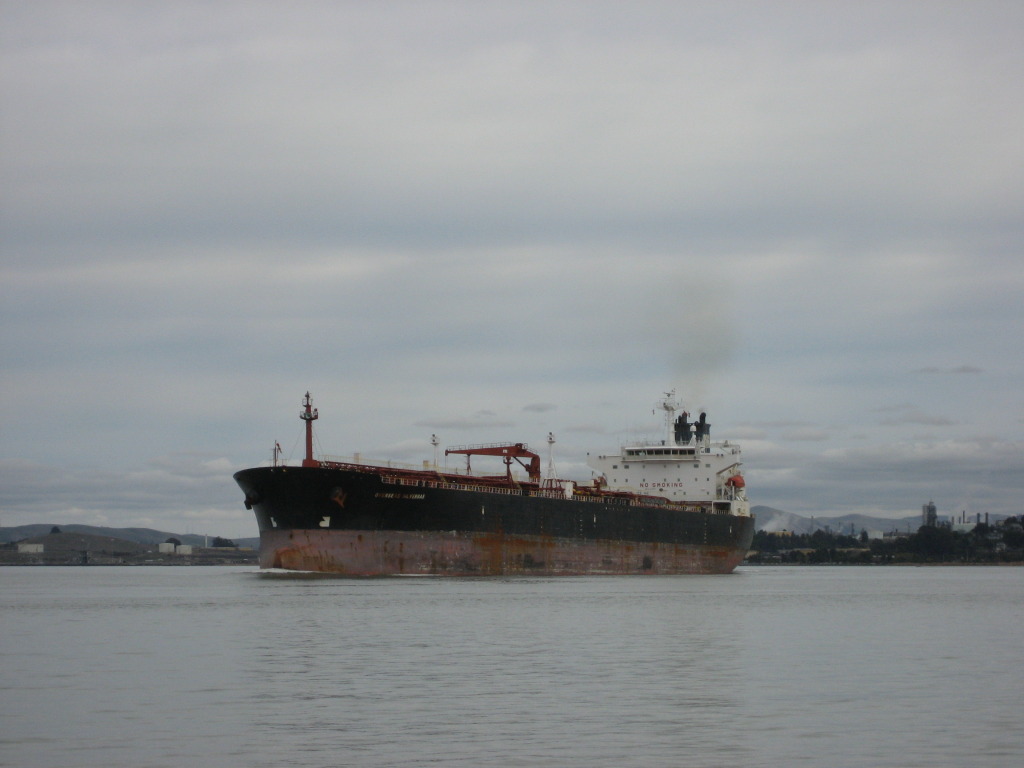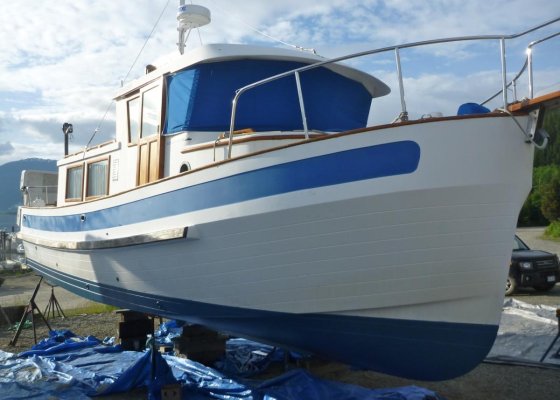I don't see how Roundup could possibly work as a paint additive. It is a contact herbicide, the contact being in a liquid form. It is the liquid contact with the broadleaf that allows the absorption of Roundup into the plant. It is used in aquatic plant control but it does not persist long in a water environment (somewhere around 12-20 days), and this is at pretty high concentrations. As noted, it only works on already growing plants.
If mixed in a piant suspension, how is it released? After paint has dried, even ablative paint, how does it liquefy to come into contact with budding bottom life? If I used 5 gallons to paint my bottom, I have added 20 oz of Roundup according to the formula given. Even if all 20 oz liquefies on water contact, what is the concentration even when the boat is sitting in an enclosed marina? It cannot conceivably equal the concentration when sprayed directly on plants. With tidal and current flows, how does it even remain in the area of my boat?
On the business side-Monsanto's patent on glyphosate (the active Roundup ingredient) has expired, allowing it on the open market by other producers. If there were an alternative use that could have resulted in new or extended patent protection, you can believe that Monsanto would have discovered it, patented a different formulation and it would be available in every can of bottom paint sold at a hefty price premium.


